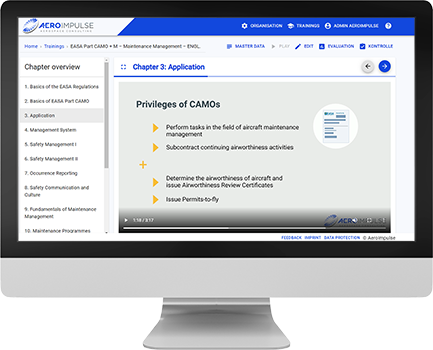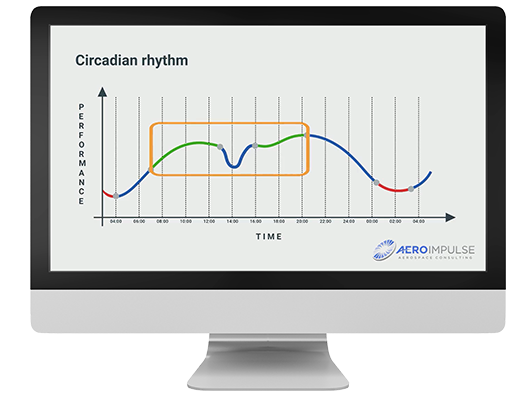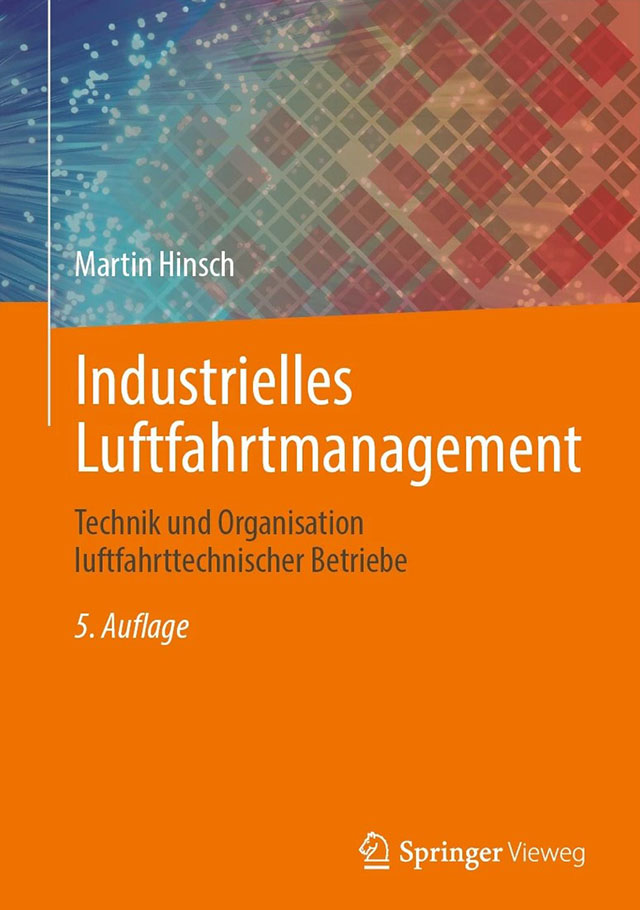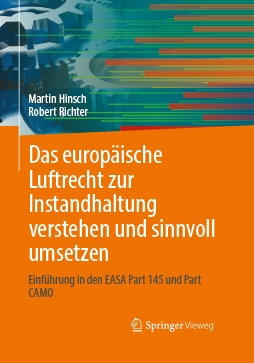Maintenance Management – EASA Part CAMO, Part CAO and EASA Part-M
To ensure continuing airworthiness in a structured and systematic manner, an organizational unit is required as the interface between the operator of an aircraft (e.g., an airline) and themaintenance organization (Part 145 organization). In the EASA area, this organizational unit must be a separate form of operation approved under aviation law. The legal requirements for this are described in EASA Part-M and Part CAMO or Part CAO. While Part CAMO formulates requirements for all aircraft operators, Part CAO forms a “small CAMO” specifically for non-complex, non-commercial aircraft operators. So these can apply for relief with a change to the Part CAO.
CAMO stands for Continuing Airworthiness Management Organization.
CAO stands for Combined Airworthiness Organization.
The previous Part-M Subpart F and G, in which the corresponding requirements of Part CAMO and Part CAO were previously formulated and applied to both operators, will be dissolved at the end of the transition period. The rest of the Part-M remains valid.
The legal requirements in Part-M, CAMO and Part CAO are supplemented by EASA implementation requirements, the Acceptable Means of Compliance (AMC), but no guidance material exists. The necessary documentation can be found via google inputs “easa easy access part camo”.
Do you know about our E-Learning on EASA Part CAMO + Part M?
- Simply press play, video-animierted E-Learning with professional voice-over
- Duration ~ 150 min (Initial, Modular or as Refresher)
- Automatic certificate sending after successful test
- Part CAMO and M, Management System, CAME, Technical Logbook, Maintenance Program, Airworthiness Review.
Differences between Part CAMO and Part CAO and Part-M
Part CAMO contains requirements for the quality system of organizations operating aircraft to ensure their continuing airworthiness. Part CAMO is primarily aimed at operators of commercial and complex aircraft. With the exception of Safety Management (SMS), the requirements for the previous Part-M have not changed significantly.
In contrast, thePart CAO represents a simplification for operators of non-complex, non-commercial aircraft. A combined operating authorization for the Part 145 and CAMO tasks is provided through the Part CAO. In addition, certifying staff qualification requirements and operational procedures are slightly reduced from the Part CAMO. Also, no distinction is made between line and base maintenance for CAO’s.
Part-M will continue to exist in the future, just without Subpart G and F, which have been spun off into Part CAMO and Part CAO. Operators of small, non-commercial aircraft also have the option to change from Part-M to Part ML (Light) and take advantage of some simplifications.
While Part CAMO and Part CAO impose requirements on the operational organization, Part-M / Part ML make more technical specifications, e.g. with regard to maintenance standards in execution and documentation, in component classification as well as for release (CRS) and Airworthiness Review certificate.
Differences between Part CAMO as well as Part-M
The essential tasks of EASA Part-M and thus of CAMO organizations include:
- Ensuring all maintenance is based on an officially approved maintenance program,
- Correcting deficiencies and damage that affect safe operation and performing modifications and repairs, based on approved maintenance documentation and repair specifications,
- a system for evaluating the effectiveness of the maintenance program (reliability monitoring),
- compliance with airworthiness directives and all other measures issued by the authorities.
The multitude and complexity of these tasks can only be managed if continuing airworthiness is planned, controlled and monitored in a structured manner. What is needed is comprehensive management of maintenance activities. This is all the more true when economic aspects have to be taken into account in addition to the legal requirements. Thus, the focus of maintenance management is increasingly on aligning maintenance planning and optimizing technical reliability from an economic point of view. Nowadays, the goal is no longer just to prevent system or component failures, but rather to minimize operating costs and by optimizing maintenance-related downtime.
Maintenance management tasks can be performed by aircraft operators (or CAMO organizations) themselves or subcontracted in whole or in part to qualified companies. CAMO operations that perform third-party maintenance management services are referred to as CAMO+ (pronounced CAMO Plus) organizations.
The following describes the major maintenance management activities that aircraft operators are required to perform.
Do you know our E-Learning on CAMO Safety Management?
- Simply press play, video-animierted E-Learning with professional voice-over
- Duration ~ 150 min (Initial, Modular or as Refresher)
- Automatic certificate sending after successful test
- Part CAMO and M, Management System, CAME, Technical Logbook, Maintenance Program, Airworthiness Review.
Maintenance programs
Many components of an aircraft are limited in their useful life, so they must then either be replaced or maintained. Typical parameters that influence the operational capability of aircraft, engines and propellers, as well as components and equipment, include flight hours, the number of takeoffs and landings (flight cycles), and the area of operation of the aircraft.
Since wear and tear do not stop at aircraft, comprehensive maintenance activities are required to ensure sustained airworthiness. In particular, this is intended to detect or prevent fatigue damage, environmental deterioration and accidental damage in good time. CAMO organizations are responsible for planning maintenance activities.
Due to the high technical complexity of aircraft, these measures must be structured and defined for the entire operational cycle of the aircraft or its components in an aircraftmaintenance program. This details, through the CAMO organizations, the scope and frequency of maintenance events on aircraft structure, systems, engines, components and parts. At the same time, maintenance programs thus also include the scope description and periodicity of checks. Maintenance programs are predetermined by the manufacturer and adapted by the operator (e.g. an airline) to its individual needs.
Reliability Management
Each aircraft owner or CAMO organization must ensure, through a reliability management system, that it has an analysis system in place to assess the reliability of its maintenance programs. At the same time, operational and maintenance-related threats to airworthiness are to be identified and minimized at an early stage. Furthermore, reliability management monitors the reliability of those systems that, due to their architecture, do not need to be controlled by the maintenance program. The operationalization of these goals is carried out by a Reliability Program. The core elements of a Reliability Program are components (e.g. systems, components, engines), parameters (e.g. consumptions, temperatures, error messages, findings, failures), frequencies (e.g. permanent, recurring), evaluation requirements.
From the data obtained, engineering (CAMO organizations) must derive the technical reliability and identify adjustment needs in the maintenance program or determine other measures. In addition to theAircraft Reliability Program itself, other reliability subsystems are usually set up, such as for:
- Aircraft Components (Component Reliability Monitoring),
- engines (Engine Condition Monitoring),
- Auxiliary gas turbines (APU Health Monitoring) or
- Structural components (sampling programs)
You need support in the environment of EASA Part CAMO?
We support you!
Get a non-binding offer at or
+49 (0)40 5131 5291
Airworthiness Directives (ADs) and Manufacturer Notices
Another task of CAMO operations is to evaluate and incorporate ADs and manufacturer announcements into maintenance planning. An Airworthiness Directive is an officially ordered action to restore adequate safety to an aircraft. ADs are aimed at aircraft owners and operators. Their implementation is mandatory.
The aviation authority then decides in favor of the publication of an AD if:
- there is a defect in an aircraft, an engine or propeller, or a part or appliance that jeopardizes its airworthiness, and
- this condition also exists or could occur on other aircraft.
In addition to mandatory Airworthiness Directives published by the aviation authorities, the manufacturers or TC holders of aircraft and engines regularly issue non-binding Service Bulletins (SBs) to their customers. The implementation of SBs is voluntary, since their content normally has little or no relevance to safety.
Service Bulletins do not necessarily represent a quality defect, so the publication of a SB is also not comparable to a recall. Thus, the manufacturer is neither obliged to publish SBs, nor to perform SBs for the customer, nor to bear the costs for their implementation.
Our Books
Do you already know our books on technical aviation management?





